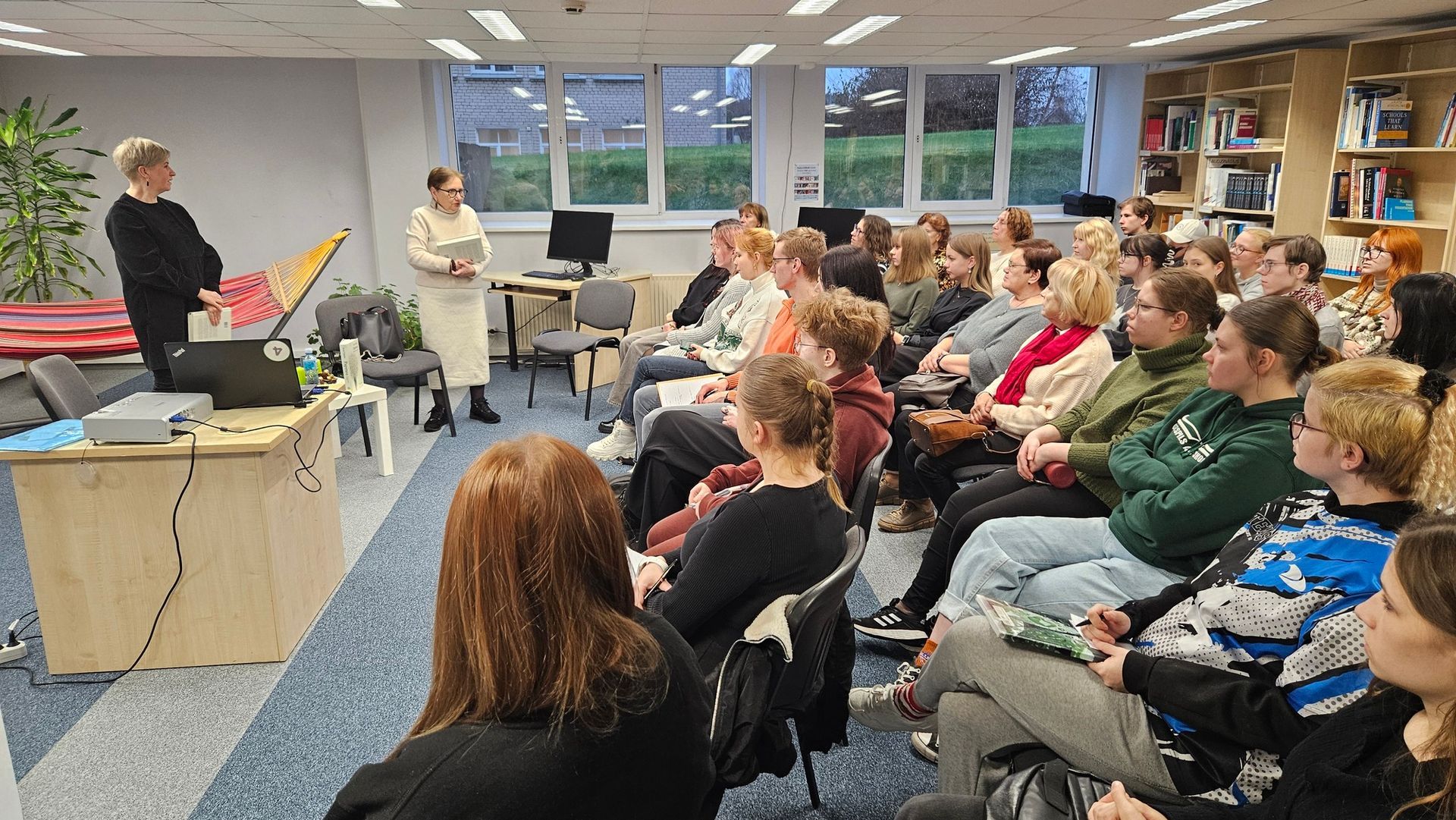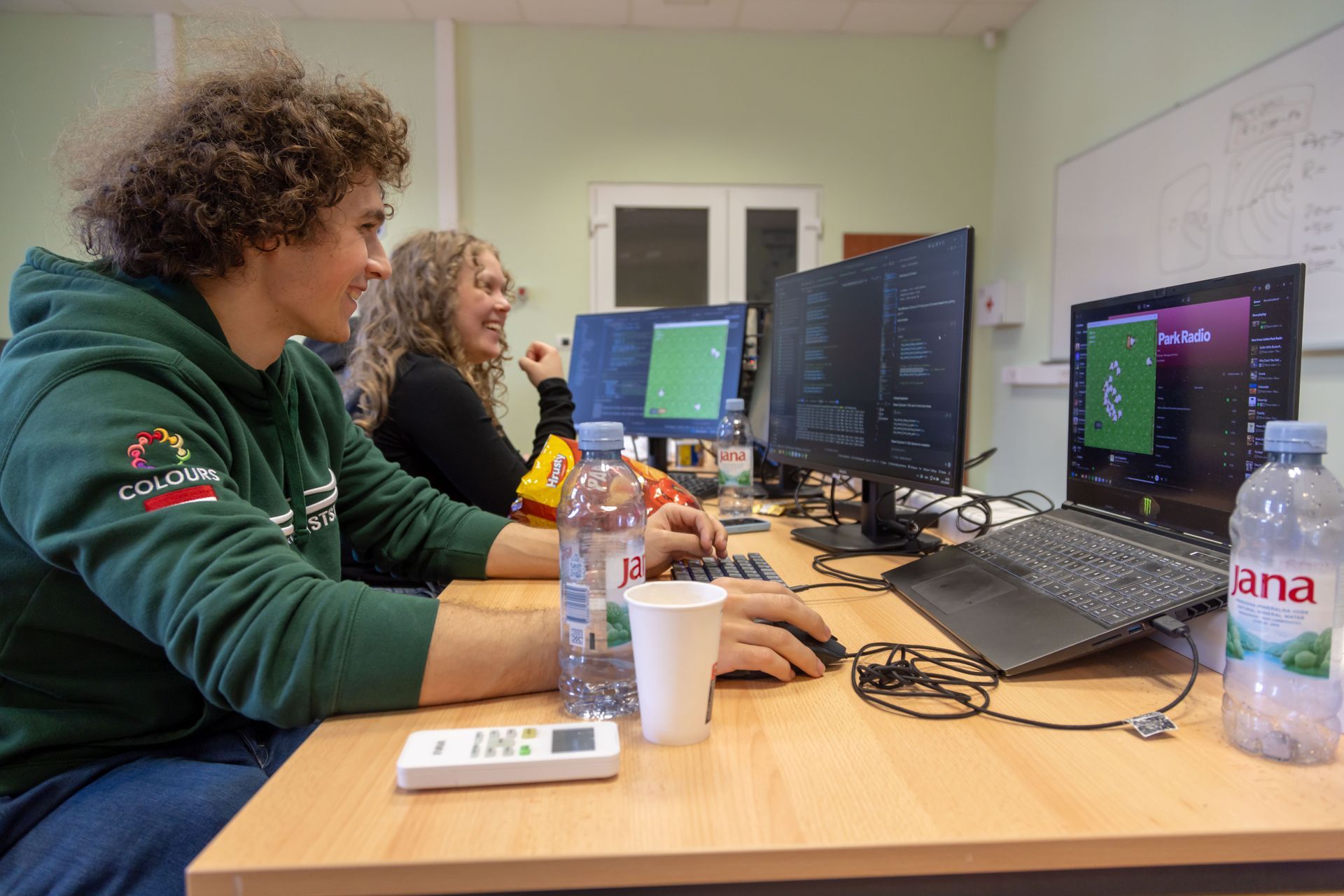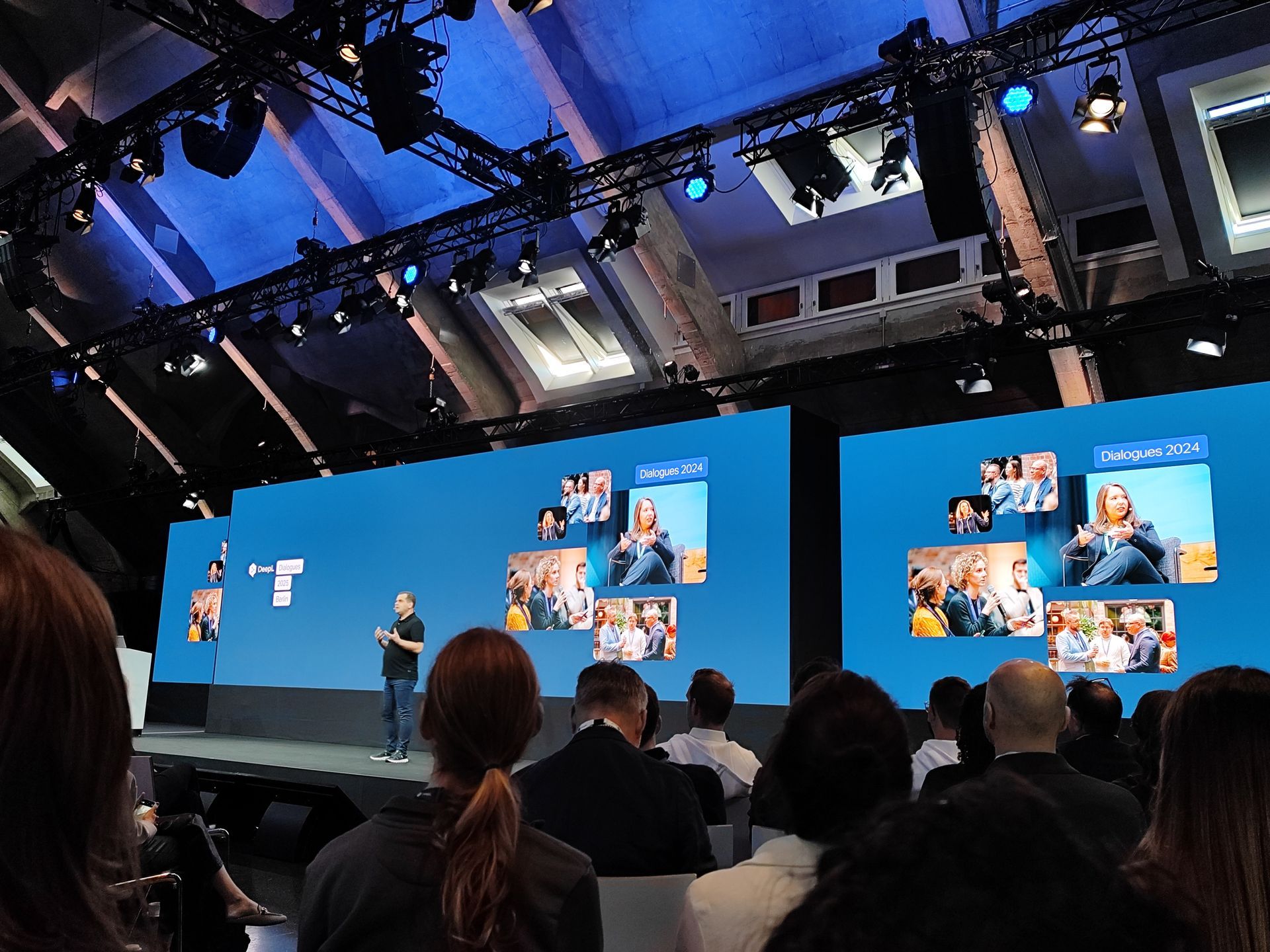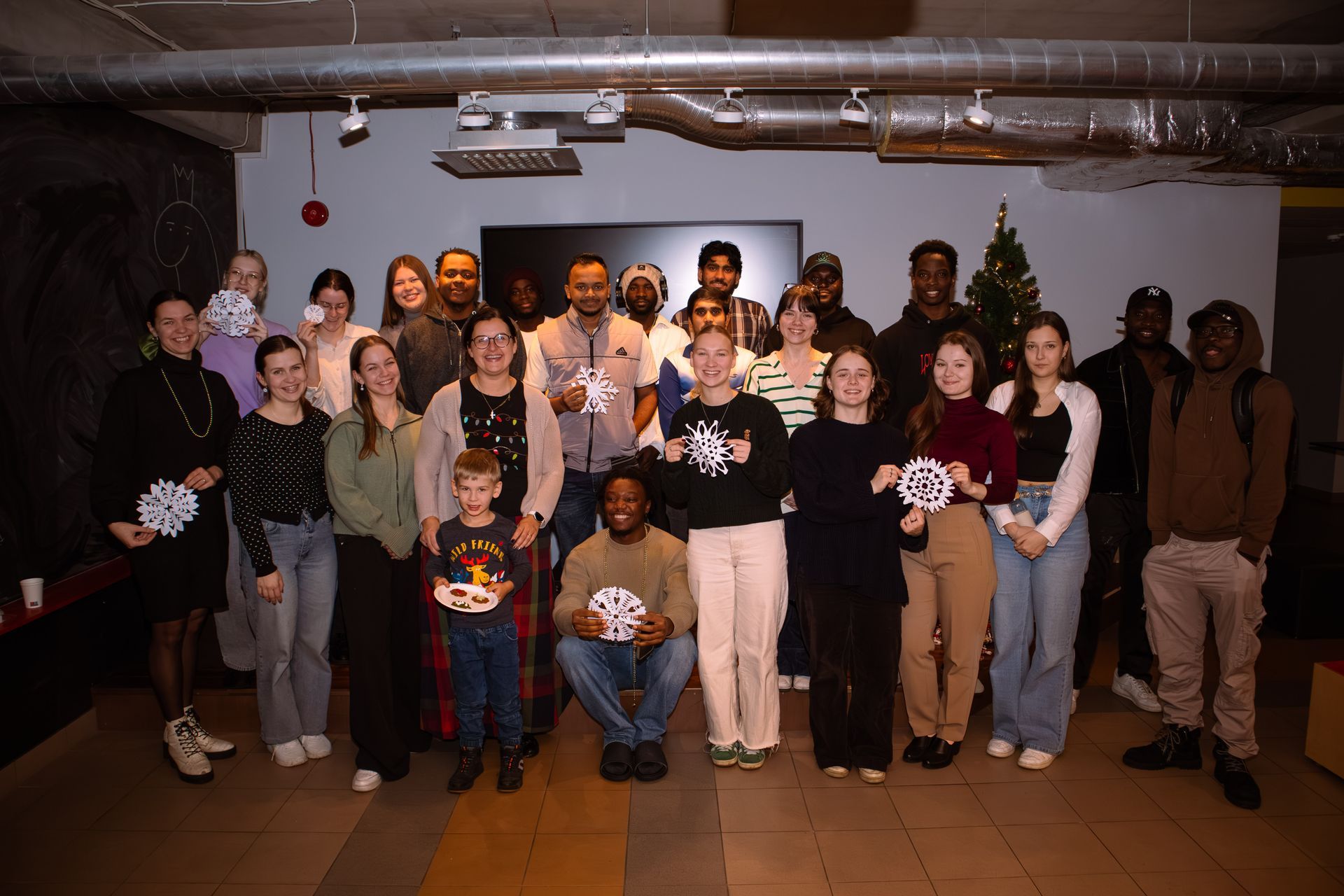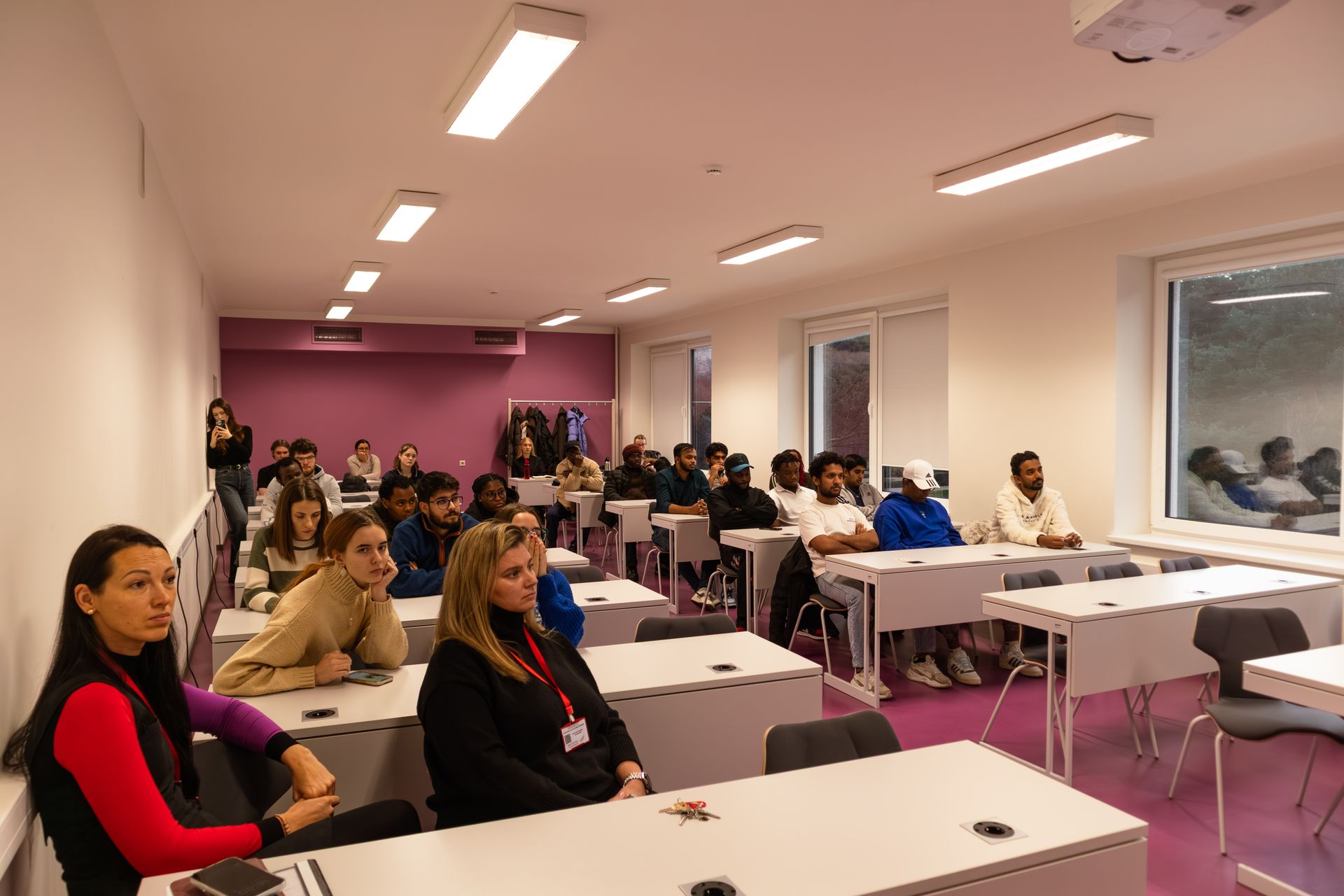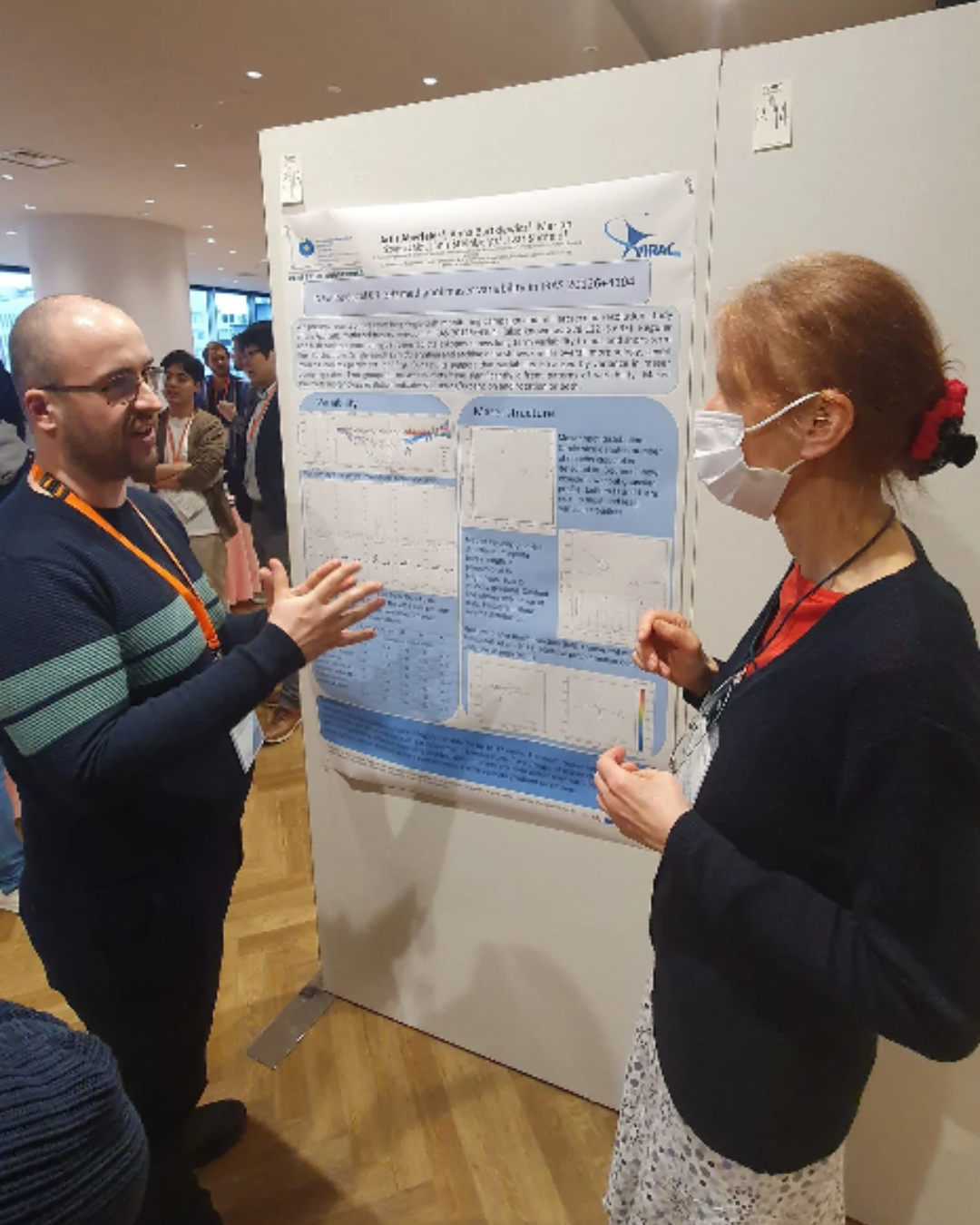VIRAC researchers attend conference in Japan and visit Japanese Observatories

From 18 March to 1 April 2023, Ivars Šmelds, Senior Researcher of VIRAC, and Artis Aberfelds, Researcher of VIRAC, were on a mission to Japan to participate in the International Astronomical Union (IAUS) 380. "Cosmic Masers: Proper Motion toward the Next-Generation Large Projects" and to visit several Japanese radio astronomy observatories.
As previously reported, such thematic conferences on cosmic masers, bringing together the world's leading cosmic maser researchers, are held at intervals of about five years, with the previous thematic conference in this field taking place in Sardinia in 2017. These conferences report on current research results, discuss visions for the future of the field, and establish and develop collaborative links between individual researchers and the research institutes that represent them through personal contacts.
This year's conference took place in Kagoshima, southern Japan, from 20 to 24 March, and was organised by Kagoshima University in collaboration with the Astronomical Society of Japan and the National Astronomical Observatory of Japan. The list of participants includes 178 scientists from all over the world, and around 80 scientific papers were presented, not including poster presentations (a poster on an A0-size sheet) brought to the symposium by almost every participant who did not give an oral presentation. The conference programme was divided into sections, each section devoted to a different topic, some of which concerned the research on space knots themselves, and others on the
research areas to which they make an important contribution. This time, the topics were:
1. Cosmic Distance Scale and the Hubble Constant,
2. Black Hole Masses and the M-sigma Relation,
3. Structure of the Milky Way,
4. Dynamics of Formation of Massive Stars,
5. Pulsation and Outflows in Evolved Stars,
6. Theory of Masers and Maser Sources,
7. New Projects and Future Telescopes.
VIRAC scientists, Artis Aberfeld and Ivars Šmelds, presented two posters at the symposium: "Possibly New OH Excited Rotatonal State Masers" and "New insights of 6.7 GHz methanol maser variability in IRAS 20126+4104".
More information about the conference is available here: https://iaus-maser2023.jp/.
The mission also included a visit to the National Astronomical Observatory of Japan to agree on a collaboration using a single baseline interferometer. This technique is expected to be used for the scientific results of two projects carried out at the VIRAC, and an agreement was reached to use the expertise of Japanese colleagues to verify and improve the results of observations carried out with the radio telescopes of the VIRAC.
In addition to the above, Ivars Šmelds and Artis Aberfelds also visited the Ibaraki University Observatory with two 32 m radio telescopes (one of them see Fig.3). Reports on the methanol observing programmes were exchanged and closer cooperation was agreed between the methanol monitoring organisations of which the scientists of the two observatories are members. Insights were also gained into the challenges of publishing an archive of observations of cosmic knots.
The above mentioned activities took place within the framework of the project " Support for Preparation of Ventspils University of Applied Sciences International Cooperation Projects in Research and Innovations (ATVASE) ", Nr. 1.1.1.5/18/I/009 and will be financed from the project funds.
Share on other platforms
Other news
